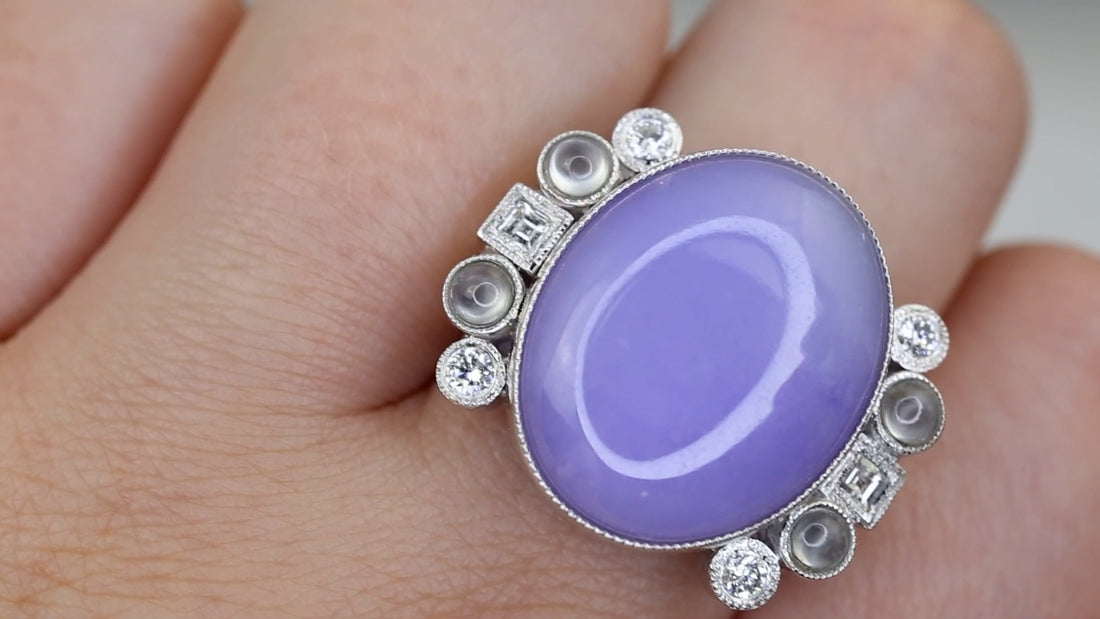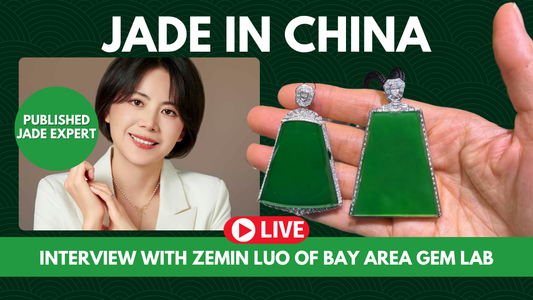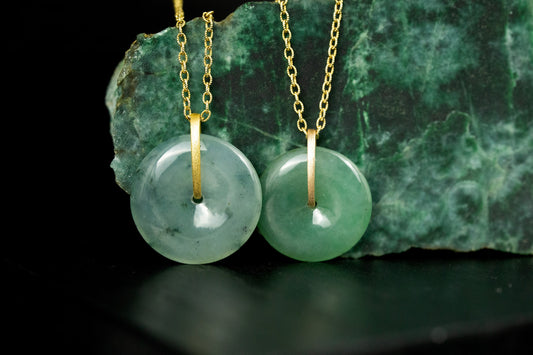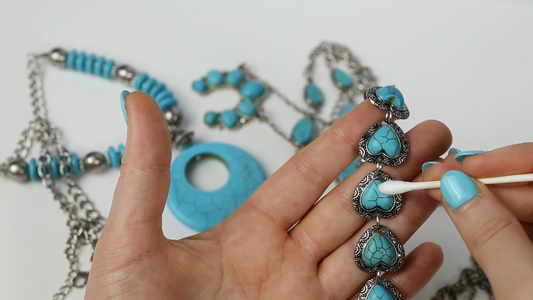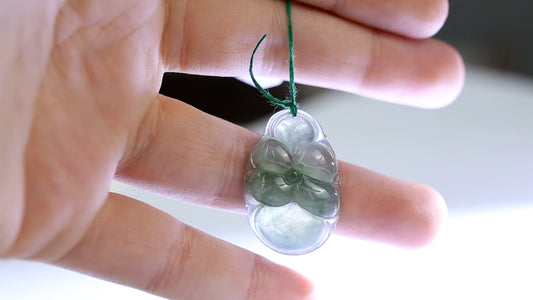Jade has been a highly valued gemstone for centuries due to its rarity, durability, and beauty. However, online sellers often lie about jade, leading to confusion and misinformation among customers. In this blog post, we will explore some of the common lies that online sellers tell about jade and the truth behind them.
One of the most significant misconceptions about jade is how to identify it. According to many online sellers, you can tell if jade is real by its appearance, weight, coldness, and scratch resistance. However, these factors are also true for quartz, which is the most common simulant of jade. Distinguishing between jadeite jade and other gemstones like quartz is essential because it affects its value, durability, rarity, longevity, and history. Therefore, it is crucial to use gemological tests to determine if a gemstone is natural jade or not.
At-home jade tests are not reliable!
If you need to have your jade tested, send it to Mason-Kay Jade.
Another common lie told by online sellers is that wrapping a hair around jade and lighting it on fire can help identify it if the hair doesn't burn. This method is unreliable. Any crystalline material, such as jade, quartz, or serpentine, may not burn when wrapped with hair. So while this method may be able to distinguish glass from gemstones, it's not able to distinguish jade from other gemstones.
Some sellers also claim that jade is brittle, but this is untrue. Jadeite and nephrite, both types of jade, are two of the toughest gemstones in the world. However, treated jade, such as B Jade, is very brittle and breaks easily. Therefore, if a seller says that jade is brittle, they are likely selling treated jade, or even quartz.
Another lie that online sellers tell is that "If the jade comes from China, then it's real." Many sellers claim that jade from China is real, while jade from other countries is not. However, jade can come from different places, and the country it was originally cut or sold in does not determine its authenticity. Moreover, B Jade, a type of treated jade, also comes from China.
So why do online sellers lie about jade? While some sellers may intentionally try to deceive customers by selling non-jade as jade, many of them unknowingly spread misinformation. Some manufacturers of B Jade market their product as natural jade, leading some retail sellers to believe that B Jade is real jade. Additionally, accurate information about jade can be challenging to come by, making it easy for sellers to believe and propagate incorrect information.
If you want accurate information about jade, it is best to consult a reputable source. Shop with a local independent jewelry store who does business with Mason-Kay Jade.
You can view a list of reputable US retailers here.
Mason-Kay Jade is the leading supplier of natural jadeite in the US, offering testing and valuing services. They can help you distinguish between natural and treated jade and provide reliable information about jadeite jade. In summary, do not trust random gemstone information on the internet, especially when it comes to jade. Consult a reputable source like Mason-Kay Jade to ensure that you get accurate information about jade.

